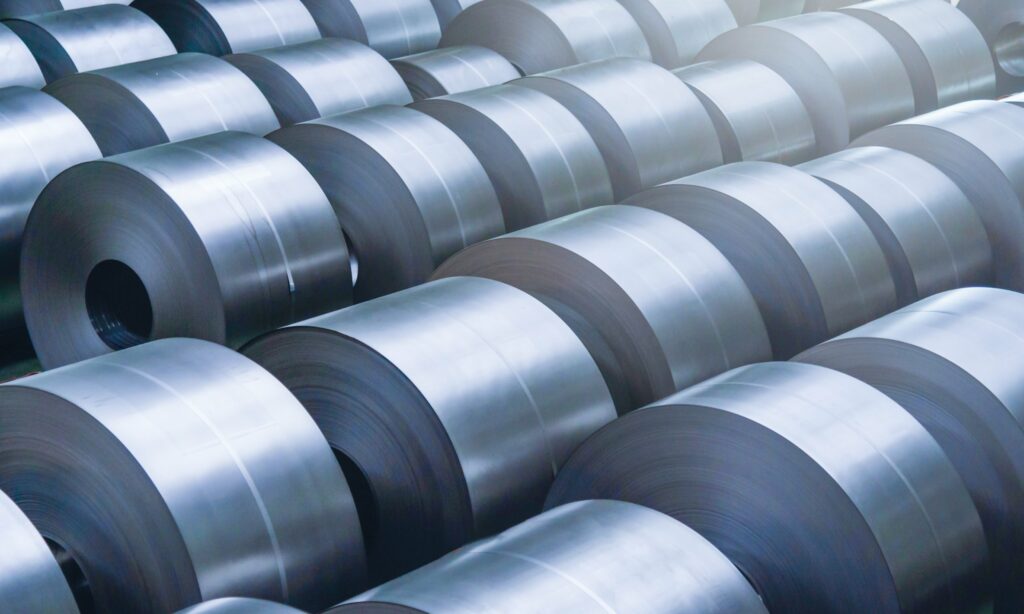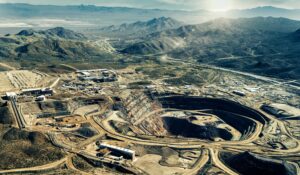Canada will need two decades to recover the full value of the $28.2 billion CAD in subsidies pledged to Volkswagen and Stellantis-LG Energy Solution for electric vehicle (EV) battery plants, according to the country’s Parliamentary Budget Officer (PBO). Yves Giroux has projected that the government won’t break even on the production subsidies until 2043—assuming both facilities begin operating as planned in 2024. The bulk of the subsidies are set to expire by 2032.
Canada wants to be a major player in the global EV supply chain and has extended generous incentives to battery manufacturers. With a wealth of critical minerals like lithium, nickel, and cobalt, it seems like a natural ambition. Success in this area has the potential to add large numbers of jobs and bring in very substantial revenue. So why the public slap on the wrist?
Partly because the two deals are among the most expensive industrial subsidies in Canadian history: including up to $15 billion CAD in performance-based incentives for Stellantis-LG and up to $13 billion CAD in production tax credits for Volkswagen, along with a $700 million CAD upfront grant.
However, I also think it comes down to the Western mindset. There’s a reason that China has attained such dominance in the battery metal and rare earths space. It has taken the long view that doesn’t demand payback in the short to medium term. The play by Canada to bring in these battery manufacturers reflects an attempt to take that same long term view. It’s paid off handsomely for China, and there’s reason to believe that Canada may reap great rewards over the long term.
Certainly the government seems to agree, with Industry Minister François-Philippe Champagne saying that “These investments will generate economic benefits far greater than the government’s contribution.”
Now all they need to do is provide real incentives to miners so that the domestic supply chain is in place to support those new gigafactories.
Anthony Milewski
Chairman, Nickel 28 Capital




















